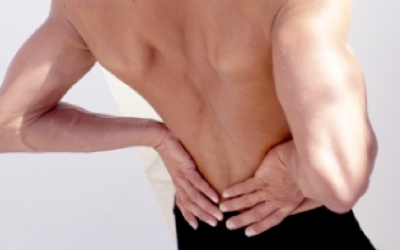According to the latest stats, back problems affect the well-being of 80% of us at some point in life. However, because of this, everyone thinks they’re an expert on the subject, and this has led to a number of wellness myths that simply aren’t true.
- You should stay in bed: A day or two in bed can make back pain worse.
- A firm mattress is better: Those who sleep on a softer mattress actually suffer less back pain and disability.
- You should avoid exercise: Gentle exertion, such as a brisk walk, can help ease pain and speed up recovery.
- Posture doesn’t matter: Slouching puts a huge strain on your spinal muscles, while having everything in line provides instant relief.
- You need a chiropractor: There’s no evidence to recommend chiropractic treatment, but studies do show that seeing an osteopath is very effective.
- You shouldn’t lift anything: It’s not about the weight of the thing but how you lift it.
- Surgery is the only real cure: 90% of back pain goes away on its own.
- Only obese people suffer: While weight puts pressure on the spine, skinny people can suffer bone loss which may lead to crushed vertebrae.
Luckily, there are things you can do to improve your well-being when you have a recurring back problem. First and foremost, you have to listen to your body when it reaches its limitations. However, this doesn’t mean you have to give up on the things you love to do; you simply have to find a way to work around your back pain and experience the minimum amount of pain possible. This means undertaking a simple regular exercise programme:
1. Stand up straight. With your shoulders down, belly button pulled in towards your spine and bottom tucked in, imagine that there’s an invisible piece of string pulling you up from the top of your head.
2. Stretch. Work with a physiotherapist on some simple stretches so that you can relieve the specific muscle spasms that cause your back pain.
3. Strengthen your core. Your core is comprised of the muscles in your abdomen and lower back, and is essential for back support. Toning in this area can greatly reduce back pain, so try a Pilates class or talk to your GP about some simple moves that will strengthen your core.
4. The sitting solution. Sitting down a lot can strain the muscles in your back, but you may have a job in which sitting is unavoidable. If this is the case, performing a simple exercise a few times a day can help to relieve the tension in your back. All you have to do is lean back in your chair with your feet on the floor and a slight curve in your back. Easy.
